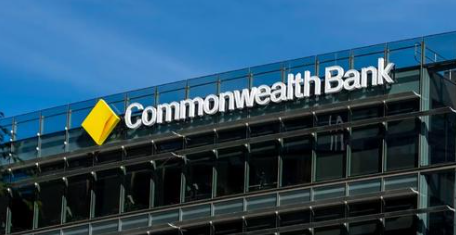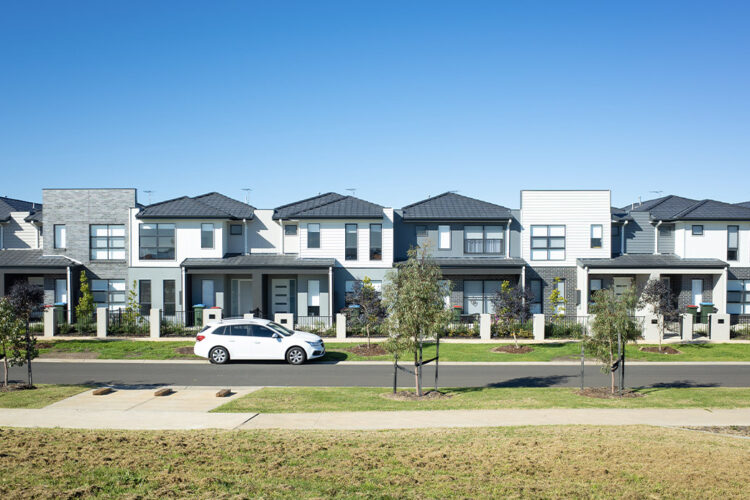A new report revealed the ongoing paradigm shift for the once-thriving high-end regional property markets, which are now experiencing declining property values, extended days on the market, and significant vendor discounts.
Only seven of the 25 largest non-capital city regions reported an annual increase in house values in April, according to CoreLogic’s latest Regional Market Update.
One market that reported a significant U-turn in values was Richmond-Tweed on NSW’s North Coast. Over the pandemic, the lifestyle market recorded a 51 per cent increase in house values, only to report a 24.2 per cent annual decline last month.
It also witnessed the largest drop in annual sales activity, with a decrease of 39.9 per cent, and had the highest vendor discounting rate at 7.9 per cent.
Other NSW lifestyle markets that recorded some of the largest annual declines in house values were the Southern Highlands and Shoalhaven (-16 per cent) and Illawarra (-13.7 per cent).
CoreLogic Australia economist Kaytlin Ezzy said it was not unexpected that some of the biggest year-on-year declines in values were recorded across several of the country’s most expensive regional lifestyle markets.
“Over the past year, premium lifestyle markets have been hardest hit by softer market conditions and rate increases,” she said.
Ms Ezzy highlighted that during the peak of the pandemic, many people chose to leave capital cities and move to regional areas, leading to significant benefits for regional markets.
However, as a consequence of this trend, regional markets have become more responsive to two key factors: the increasing cost of debt and the normalisation of regional migration patterns.
The expert noted affordable rural markets are bound to show more resilience compared to their luxury counterparts.
“Despite two interest rate rises over the first few months of the year, these markets offer relative affordability, have low listing levels, increased regional migration inflows and strong economic activity off the back of mining, agriculture, and tourism — this has all helped support mild value growth,” she said.
In fact, while some of these affordable areas have recorded subdued declines through the recent downswing, there are still areas recording values at peak.
South Australia’s South-East region was the best-performing regional house market in terms of values, rising 10.8 per cent over the year to April, followed by the New England and North West (NSW) and Bunbury (Western Australia) regions, up 4.9 per cent and 4.8 per cent, respectively.
New England and North West in NSW and Bunbury in Western Australia also performed strongly during the period in terms of price growth.
Despite the yearly downturns observed in select prestige regional markets, Ms Ezzy noted that there had been quarterly growth in sought-after commuter markets, including South-East Queensland’s Gold Coast, as well as the regions of Illawarra and Newcastle in NSW.
“Similar to Sydney and Melbourne, these more expensive regional commuter markets typically lead the cycle. Although mild, the positive growth seen over the three months to April may suggest we have moved through the trough in value declines and signals the start of a recovery phase across the regional markets,” Ms Ezzy said.
According to the expert, robust regional migration is still playing a crucial role in boosting demand in these areas.
Notably, the Gold Coast registered strong internal migration rates throughout 2022, while the Illawarra and Newcastle experienced some residents moving back to the capital cities during that period.
“Data from the first three months of this year is likely to show a reversal of this trend, with the strong return of overseas migrants to Sydney likely to ‘spill over’ into these regions,” Ms Ezzy said.
Lifestyle regional markets see lower annual sales, longer days-on-market averages
Over the year to February 2023, all 25 regions experienced a decline in annual house sales.
The three smallest decreases were observed in Queensland, with Townsville notching a relatively modest decrease of -1.5 per cent in annual house sales, followed by Central Queensland with -6.4 per cent, and Mackay – Isaac – Whitsunday with -11 per cent.
In contrast, the three largest declines in house sales were observed in NSW, with Richmond-Tweed leading the way. Southern Highlands and Shoalhaven followed closely behind with a decline of 39.1 per cent, while the Mid North Coast experienced a decrease of 33.3 per cent.
Toowoomba, located in Queensland’s Darling Downs region, witnessed the fastest house sales during the quarter, with a median time on the market of 21 days. Conversely, the Southern Highlands and Shoalhaven region, situated south of Sydney, had the longest days on the market, with houses taking a median of 79 days to sell.


